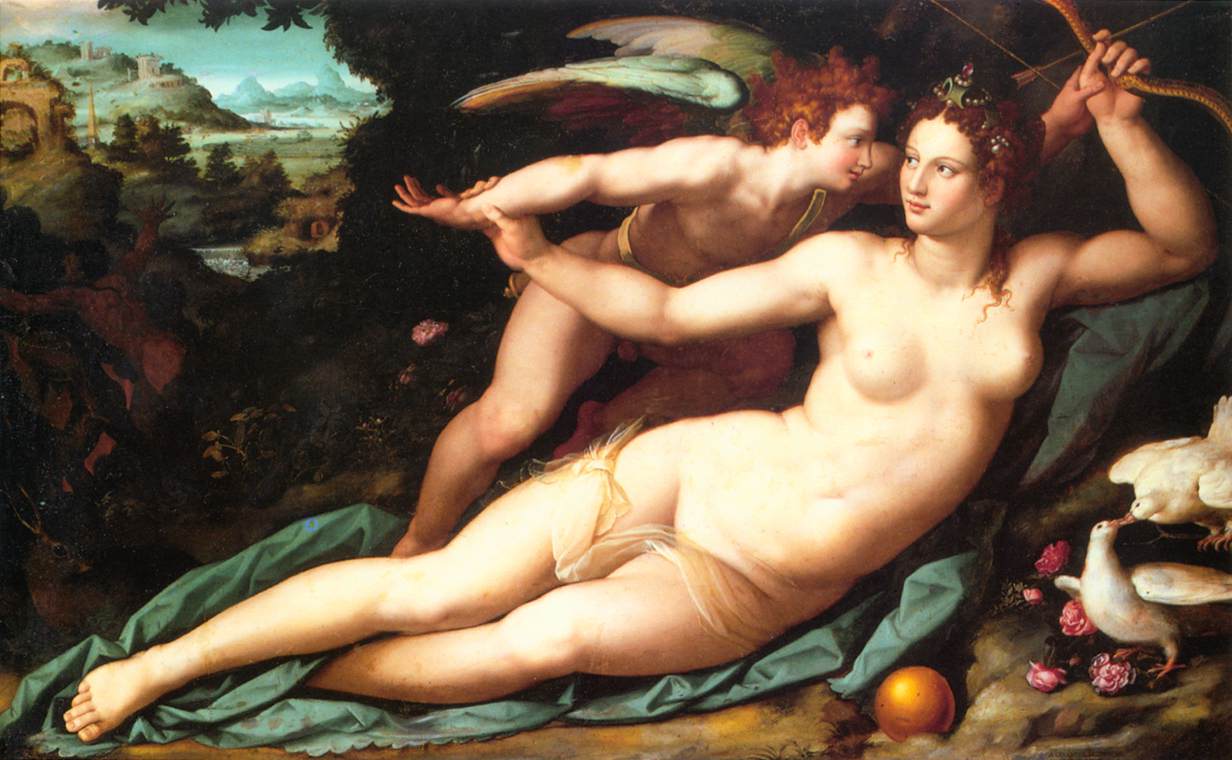Dirk's thread about our perceptions about obesity got me thinking: the same is true on the other end of the spectrum too. Take a look at these paintings...



All three were done by different artists in the 16th century and all are of the goddess Venus. Which means that they were what the artists considered their ideal women. Absolute perfection, in their minds. And, frankly, I think all three would be labelled overweight by today's standards. I seriously doubt a single one of them would have a BMI under 25.
Part of me wants to say, "Well, sure... that's the 16th century. The average life expectancy was also only 35. We shouldn't exactly be getting medical advice from them." On the other hand, though, is our current standard for what is "normal" really all that "normal?" I mean, the range for a normal BMI is 20-25, yet the average American woman has a BMI of 26. Does that mean that we're all fat, or does it mean we've set the bar at an unnaturally low weight?
I guess what I'm suggesting is that, while many Americans do indeed need to lose weight, I also wonder whether we're aiming for an impossible goal. We tend to define "normal" by what modern medicine tells us is healthy, but if we look at human history we'll find a different picture for what "normal" human beings actually weigh.



All three were done by different artists in the 16th century and all are of the goddess Venus. Which means that they were what the artists considered their ideal women. Absolute perfection, in their minds. And, frankly, I think all three would be labelled overweight by today's standards. I seriously doubt a single one of them would have a BMI under 25.
Part of me wants to say, "Well, sure... that's the 16th century. The average life expectancy was also only 35. We shouldn't exactly be getting medical advice from them." On the other hand, though, is our current standard for what is "normal" really all that "normal?" I mean, the range for a normal BMI is 20-25, yet the average American woman has a BMI of 26. Does that mean that we're all fat, or does it mean we've set the bar at an unnaturally low weight?
I guess what I'm suggesting is that, while many Americans do indeed need to lose weight, I also wonder whether we're aiming for an impossible goal. We tend to define "normal" by what modern medicine tells us is healthy, but if we look at human history we'll find a different picture for what "normal" human beings actually weigh.
